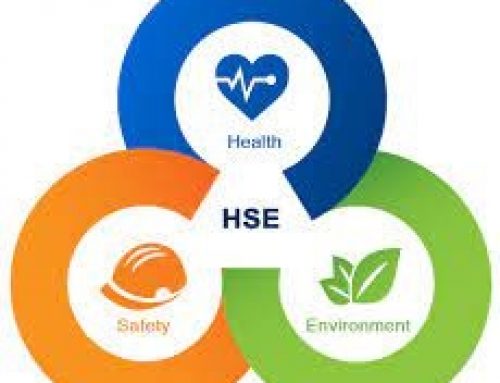HSE: Information about health and safety at work
It is also necessary to consider future tasks or situations, which involve a change to the existing process or premises, or are non-routine or “one-offs”. Examples of this type of task are as follows:
- Refurbishment of the rig.
- Cleaning out a tank or silo.
- Installation of a new unit.
- Introducing a new process.
- Changing tools, equipment and materials used.
- Environmental compliance or other associated potential environmental issues associated with the site, e.g. liquid spillage/contamination of drainage/new regulatory requirements.
- Thinking about future maintenance at the planning stage of a new process can reduce the risks and make maintenance work simpler, safer, and more economical. This type of approach may be carried out by assessors for many tasks, but some high-risk activities may require the involvement of suitably qualified and experienced people from outside the department or company. Cleaning out a tank or silo may require input from the Technical and HSE department to advise of chemical hazards associated with the products involved. The use of a specialist contractor may be considered in certain circumstances but it should be remembered that this does not remove the need to carry out a JSA/risk assessment. The specialist contractor must carry out a risk assessment of the task involved but the Contractor must also carry out a risk assessment that takes into account the action of the specialist contractor to ensure that others such as employees or members of the public are not adversely affected.In cases where specialists are used to performing tasks to provide information relating to a JSA/risk assessment, for example, workplace monitoring, the Contractor is responsible for ensuring that all information is used in the JSA/risk assessment process.
On the Job Description Form under the column headed Potential Hazards should be listed all possible hazards identified with the particular job step. The hazards listed may need to be repeated if certain individuals or groups are at special increased risk from a particular hazard.
Failure to wear eye protection when using a grinder is not a hazard; it is the abrasive wheel that is the hazard. Not wearing eye protection is a failure to comply with the control measure and is a factor that will be taken into account when analyzing and evaluating risk.
Damage to an electricity extension lead is not the hazard; the hazard is the electricity itself. By identifying electricity as the hazard, questions can be asked about the appropriateness of electrical tools in the task being assessed, or the possibility of reducing the risk of electrocution at the source by providing low voltage tools or circuit breakers. If damage to the lead is the hazard identified, it is likely that the only control measure considered is the repair of the cable.


